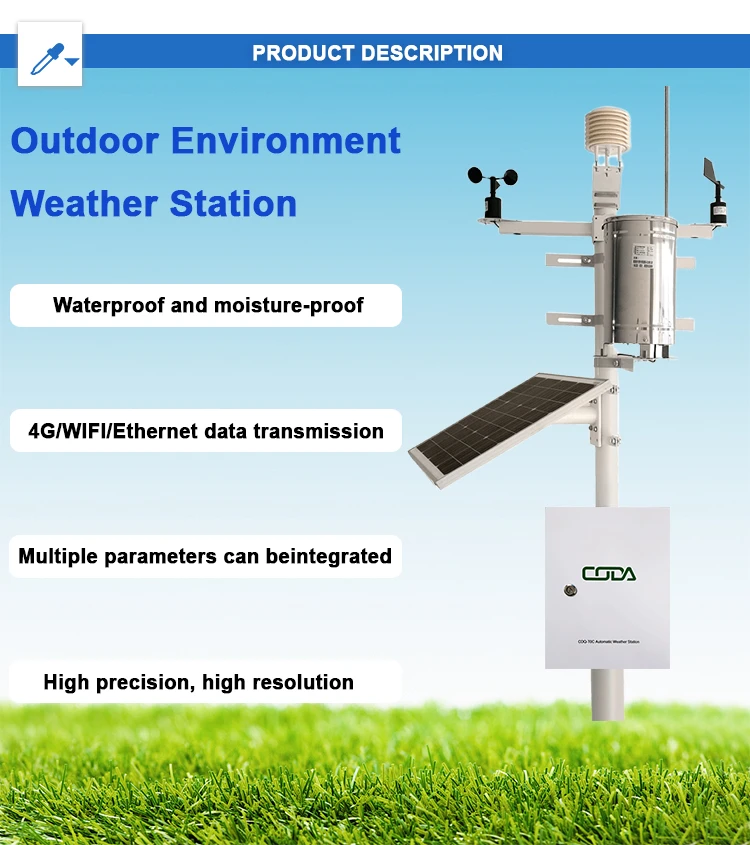
# Advantages and Disadvantages of Automatic Weather Stations
Introduction
Automatic Weather Stations (AWS) have revolutionized meteorological data collection by providing continuous, real-time weather information without constant human intervention. These systems have become increasingly popular in various sectors, from agriculture to aviation. However, like any technology, AWS come with both benefits and limitations that users should consider.
Advantages of Automatic Weather Stations
1. Continuous Data Collection
AWS operate 24/7, providing uninterrupted weather monitoring regardless of time or weather conditions. This continuous data stream is particularly valuable for tracking rapidly changing weather patterns and for applications requiring constant updates.
2. Reduced Human Error
By minimizing manual measurements, AWS significantly reduce the potential for human error in data collection. Automated sensors provide consistent, objective measurements that aren’t subject to observer bias or fatigue.
3. Remote Monitoring Capabilities
Modern AWS can transmit data remotely, allowing meteorologists and other users to access information from inaccessible or dangerous locations without physical presence at the station.
4. Cost-Effective in the Long Run
While initial setup costs can be substantial, AWS reduce long-term operational expenses by eliminating the need for continuous human staffing at weather observation points.
5. High Temporal Resolution
AWS can record measurements at very short intervals (often minute-by-minute), providing much more detailed temporal data than manual observations typically allow.
Disadvantages of Automatic Weather Stations
1. High Initial Investment
The upfront costs for purchasing and installing an AWS can be prohibitive for some organizations, especially when considering the need for high-quality, durable sensors and reliable data transmission systems.
2. Maintenance Requirements
While reducing human involvement in data collection, AWS still require regular maintenance and calibration to ensure accuracy. Sensor drift, power issues, and mechanical failures can compromise data quality if not addressed promptly.
3. Limited Flexibility
Unlike human observers, AWS can only measure what they’re programmed and equipped to measure. They lack the ability to make qualitative observations or note unusual phenomena not covered by their sensor array.
4. Vulnerability to Environmental Factors
Extreme weather conditions, wildlife interference, or vandalism can damage AWS components or disrupt data collection, potentially leading to gaps in the weather record.
5. Data Interpretation Challenges
Automated systems may record anomalies or errors that require human expertise to identify and correct. Without proper quality control procedures, erroneous data might go unnoticed.
Conclusion
Automatic Weather Stations offer significant advantages in terms of continuous operation, data consistency, and remote accessibility, making them invaluable tools for modern meteorology. However, their limitations in flexibility, maintenance needs, and initial costs must be carefully considered when implementing weather monitoring systems. The most effective weather observation networks often combine automated stations with human oversight to leverage the strengths of both approaches.
